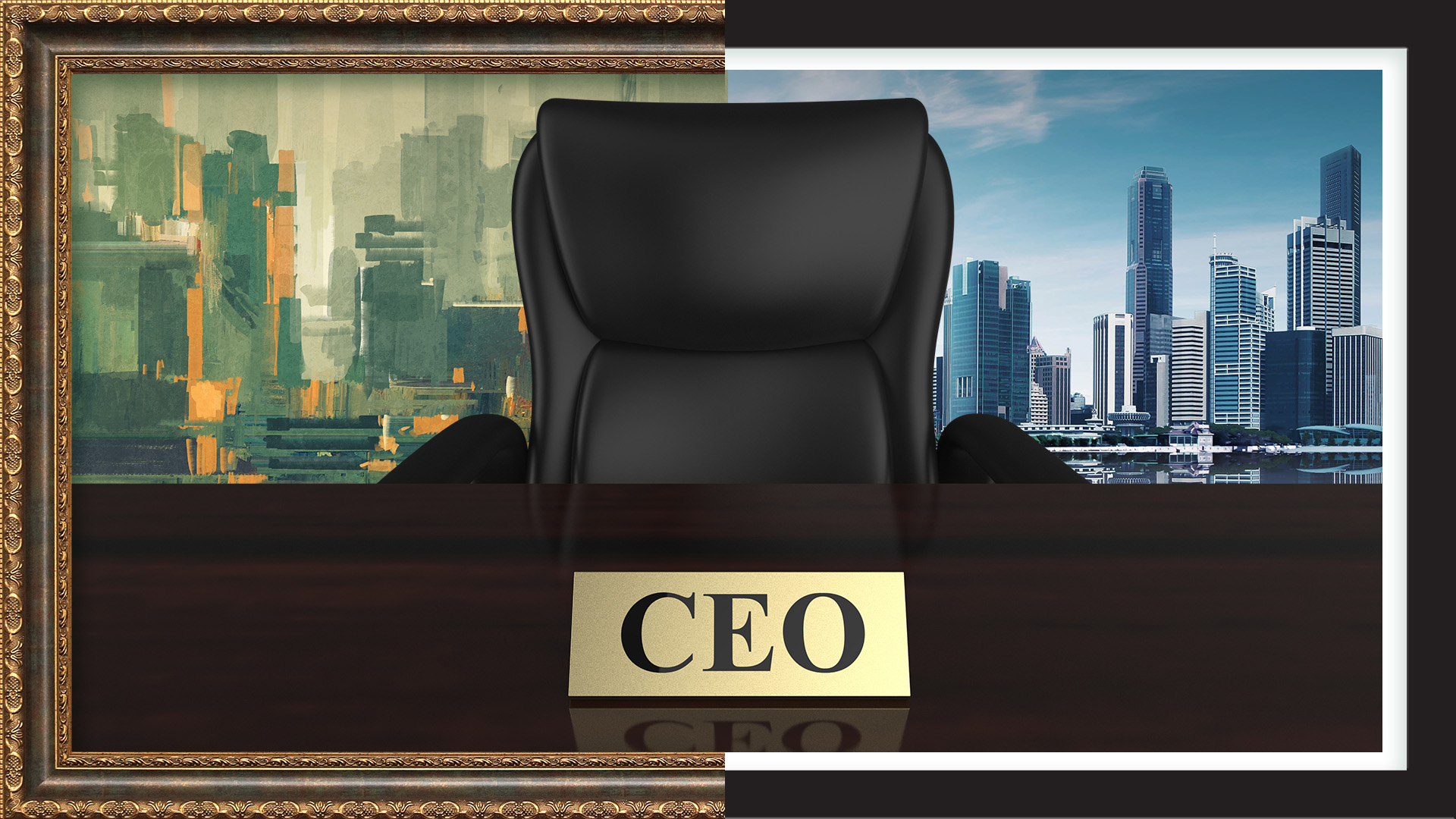If it’s a New Year, that must mean it’s time for goalsetting, benchmarking and self-reflection. I’ll go first with a past, present and future look at CEO leadership.
What’s changed, say, the past 25 years? Where are we at, and where are we headed? Hint: Think people.
People and talent, in my view, are fundamental to the success of any organization. Leading a company in 2025 centers on navigating a talent landscape that’s almost unrecognizable to CEOs from earlier in my career. In 2000, the core of mid-level management consisted of Baby Boomers in their prime, roughly 35-45 years old. Generation X was just beginning to move up the ranks, and Millennials were barely entering the workforce. Companies had their pick of a deep pool of eager candidates.
Fast forward to 2025, and the equation is very different. Baby Boomers have largely exited the workforce. Gen X and Millennials now fill senior leadership roles, with the latter (amazingly) now entering their early 40s. Currently, Gen Z is reshaping entry-level and mid-management positions with new expectations and working styles.
Then there’s this — the very nature of how CEOs engage with their organizations is considerably different. In 2000, work had clearer boundaries. Nearly everyone could step away and disconnect. Today, we’re always on, fully connected to our teams, challenges and responsibilities 24/7. While this creates new opportunities for responsive leadership, it also demands a different kind of stamina and noise filtration.
Being on all the time means that a CEO’s job today goes far beyond operational excellence. Modern CEOs must navigate an intricate 24/7 web of stakeholder demands, often in the public eye. CEOs today are more visible than ever before, with decisions and actions subject to immediate internal and external scrutiny. What might have been a local operational decision in 2000 can become tomorrow’s trending topic on social media.
The bottom line, though, is we’re operating in an environment where, mathematically, we have fewer people available for the size of our economy. There’s been a fundamental shift in the supply-demand equation of talent.
The way I see it, today’s reality demands a different approach from CEOs. We can’t rely on the old playbook of posting jobs and waiting for qualified candidates to line up. Instead, we must think strategically about talent development, succession planning and creating environments where people across all generations can thrive.
At SpartanNash, our 20,000 associates deliver the ingredients for a better life nationwide. That’s big enough to know winning means taking a People First approach that takes into account three key elements:
- First, CEOs need to build a culture that resonates across generations. What worked for Baby Boomers in the past won’t necessarily appeal to Gen Z today, but core values like respect, opportunity and purpose transcend generational boundaries.
- Second, CEOs must invest in leadership development at all levels. With a smaller talent pool, growing your own leaders becomes critical. This means creating clear pathways for advancement and providing the training and support people need to progress.
- Third, flexibility is essential in how we think about roles and responsibilities. The days of rigid hierarchies are over. High-performing teams thrive when members bring a growth mindset, seeing every challenge as an opportunity to learn. By breaking down traditional silos, we create an environment where people grow beyond defined roles and expand their understanding of our business.
The CEO’s role has evolved accordingly. Twenty-five years ago, talent management might have consumed 20% of a CEO’s time. Today, it’s closer to 50%. CEOs today aren’t just running companies. They’re building and sustaining communities of people who choose to work together toward common goals. This requires a new kind of CEO leadership that embraces both the personal and public dimensions of the role.
Looking ahead, I believe a focus on people will only intensify. Companies that thrive will be those whose CEOs recognize that their primary job is nurturing an environment where talented people want to build their careers. While the nature of the work people will be doing will undoubtedly evolve due to AI, it will always be people that make organizations work. This means CEOs will need to get comfortable with the expanded scope of modern leadership.
The equation today may be more complex than it was in 2000, but the solutions remain fundamentally human. The key is learning to navigate this new landscape by going ALL IN on People First.
